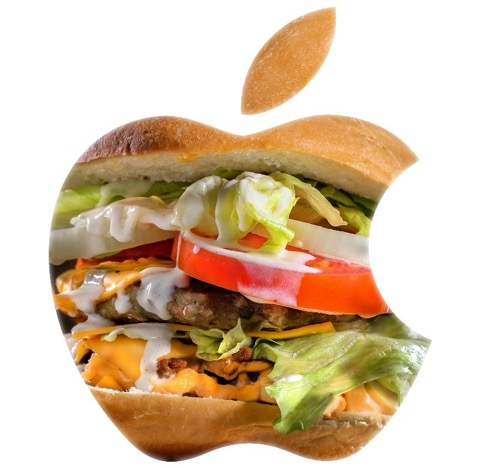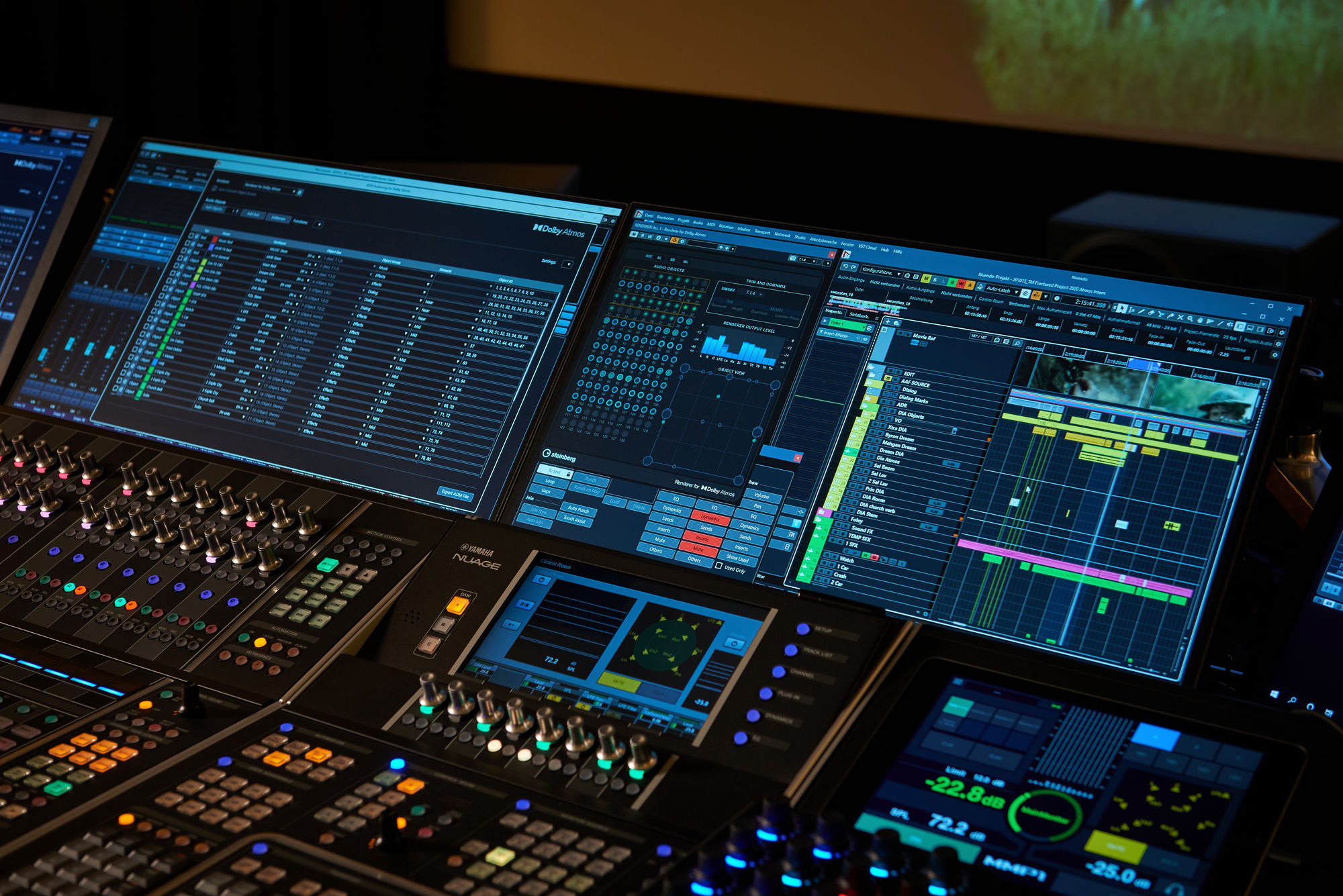

- © 2003 - 2024 Dynamix Productions, Inc. Contact Us 0



"Music's always been at the heart of Apple. It's deep in our DNA. We've sold Macs to musicians since the beginning of Macs."
Tim Cook
Twenty years ago this month, Apple officially launched OS X. Apple finally had a legitimate PC killer that would kick the Mac vs. Windows debate into overdrive. In 2001, many studios and video editing companies were already using Macs as the foundation for their digital production systems when OS X dropped, but it literally changed the game.
In the 1990s and early 2000s, I worked on Microsoft Windows systems, which were pretty good. Windows held an advantage over Mac because of the sheer number of programs available for it. In the studio world, some high-level software companies had both Mac and Windows versions, but you really had very little Mac audio programs to choose from. Working in Windows though was very trying – frequent crashes, the "blue screen of death," corrupt data, lost audio. Macs weren't immune to crashes either, but usually less often than Windows. The new OS X would fix devastating crashes with a brilliant solution: Make the audio and video processing take dominance over all other programs, including the operating system.
When I started my business in my basement in 2002 (I ramped it up to full-time the next year), I was working on an Apple PowerMac G4 using the old and tired OS 9.2. I was still deciding on a permanent DAW (digital audio workstation) to buy when I stepped out onto my own full-time, but it was slim pickings. I was looking for something that was cost effective, yet powerful. DAWs in the early 2000s like ProTools, Sadie, RADAR, etc., were dependent on their own external processing equipment. Basically, the computer was just a window or controller of a separate computer that processed all audio.
I found the solution from a German company called Steinberg. They had been breaking down digital walls since the 80s with MIDI and instrument synthesis software and hardware. Their music-creating app Cubase got an injection of steroids in 2000 when they retooled it into their new flagship product and named it Nuendo. Nuendo was built for audio and video post-production professionals, and it was different from all the others. Steinberg's goal was for the user to run a complete studio on one computer. Nuendo was only possible because of recent advances in processing, like the intel Pentium processor and PowerMac. So instead of spending about $12,000 on a ProTools system, I could get into the DAW game for about $1,500 with no additional equipment. Nuendo could be used with just about any digital audio input/output device.
Steinberg Nuendo vs 1.5 on Mac OS 9.2
At that time, Nuendo only ran in the older OS 9.2. When they upgraded to OS X, I was one of the first to jump ship and give it a try. OS X unleashed the power of Nuendo on the PowerMac. The difference between the two operating systems is like a box of crackers and a Ferrari. It wasn't without some glitches, but Steinberg's commitment to audio production software running on native processors ironed out any issues pretty quickly.
Steinberg Nuendo 11.0 on a Steinberg Nuage system
In the last 20 years, both Nuendo and Mac have gone through about three major upgrades, with minor iterations in between. For a point of reference, my first Nuendo software version was 1.5 on Mac OS 10.1. In 2021, I'm now working on Nuendo version 11.0 on Mac OS 11.2.3. I don't regret my decision to operate a Mac-only studio for twenty years. The accounting side of the business had to use Windows computers for several years (and the excruciating Parallels software to run Windows on an iMac), but we are now a fully Mac-centric office, thanks to the rest of the world catching on that Macs are here to stay.
Is this a pro-Mac article? A little, at least for what I do to make a living. In retrospect, most of my computer life has been spent on an Apple. The first computer I ever used – or tried to use – was an Apple. As part of a tour, a company brought an early Apple to our high school in 1979, I guess to show us the future. They had each of us seniors reserve 15 minutes on it. When I sat down at it I had no idea what to do, so I just typed gobbledygook until my 15 minutes was up. In college we used Apples in music theory and composition classes. They were in research laboratories where I washed lab ware in between classes. They were also in video editing suites and recording studios I had been in. They had become ubiquitous with science and the arts in my mind. However most of my early productivity was on Microsoft systems like MS-DOS, Windows 3, and Windows NT. These were very good systems, but I kept getting slowly pulled back to the Mac side of things when I saw how elegant the user environment was. Plus, audio and video just seemed to run so smooth and efficient on them.
Of course Windows has come a long way since the blue screen days, and most of the problems I see audio producers having with them are driver issues, not crashes. Apple is no longer relegated to just labs and studios, the rest of the world loves them, especially iPhones and iPads. So much so that the new Mac operating systems even look and feel like giant iPads. I don't care, just as long as I can operate my studio efficiently and not have to resort to just typing gobbledygook on a blue screen. OK, my 15 minutes are up.